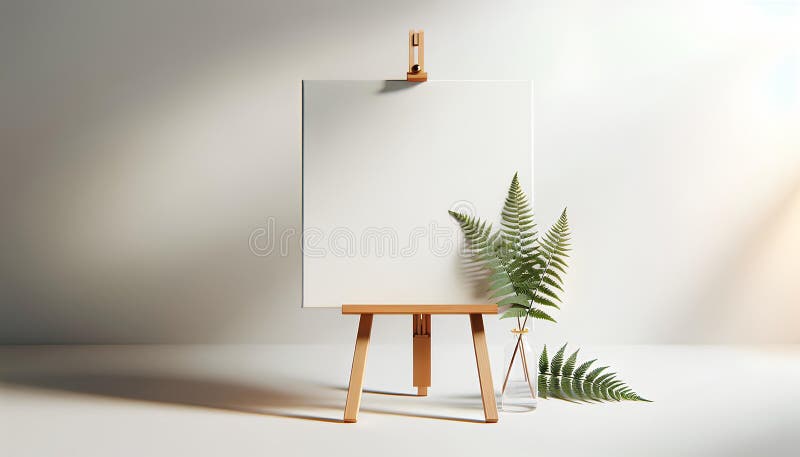
An Artist’s Perspective: Insights from the Easel

**The Creative Pulse: A Glimpse Into Artists’ Studios and Their Practices**
The artist’s studio is often thought of as a sacred space, a crucible where inspiration meets execution. It is a setting that reflects not only the artist’s craft but also their personality, habits, and relationship with their surrounding environment. From minimalist setups bathed in natural light to cluttered confines brimming with creative chaos, each workspace tells a story of how artists shape and are, in turn, shaped by their environments.
This exploration takes us into the diverse worlds of three distinct artists, revealing how they navigate and engage with their physical and mental landscapes to produce their work.
—
### **1. The Grounded Innovator: A Space Rooted in Rituals**
This artist works in a studio infused with natural light and surrounded by Miami’s vibrant art scene. Their practice begins with a grounding ritual: a simple drink of sparkling water before diving into the day’s work. The tactile act of preparing materials and painting text-based pieces reflects a thoughtfulness driven by external influences, such as a rotating roster of books that shape their artistic inquiries.
Natural light and environmental immersion play crucial roles, as the artist frequently breaks from their studio to explore nearby galleries. These small excursions foster a balance between solitary creation and communal artistic discovery, feeding fresh perspectives into their work.
Key takeaway: Being deliberate in your workspace setup and practice rituals can foster a rhythm that nourishes both creativity and introspection.
—
### **2. The Quiet Visionary: A Haven From the Noise**
For a tattoo artist who values precision and focus, the transition from loud tattoo parlors to a calm, controlled workspace was transformative. Their studio is more than a place for tattoo artistry; it is a sanctuary where sensory inputs are carefully managed. Here, headphones block out external noise, allowing immersive work accompanied by instrumental music or history podcasts.
The shift to a quieter space has not only enhanced the artist’s output but also rejuvenated their quality of life. With more energy at the end of the day, they can explore other artistic avenues such as painting or even crafting perfumes, embracing their identity as a multidisciplinary artist.
Beyond the physical space, a sense of interconnected community elevates the experience, whether through chats with fellow artisans or international mentorship networks. Even the window’s view, though modest, provides small joys, proving that creative fulfillment can coexist with life’s everyday humor.
Key takeaway: Tailoring your workspace to your personal needs, such as incorporating quietude or community interaction, can be the key to unlocking holistic creativity.
—
### **3. The Painter in the “Dungeon”: Embracing Constraints**
Nestled in a shared apartment, this artist works from a makeshift studio in their bedroom. With no access to sunlight or open air, their environment seems more dungeon-like than idyllic. Yet, within these constraints lies beauty. Limited time, space, and money are not seen as impediments but as a canvas for creativity to bloom.
Sitting on a toy chair and surrounded by collected materials, the artist leans into their reality. Each stroke on the canvas becomes a negotiation between ambition and limitation. Despite the absence of natural light, the artist’s process is as much mental as it is physical — they spend quiet moments “mentally painting” their works.
While they long for more space and time, this confined studio has nurtured a deeper understanding of perseverance and resourcefulness, making the act of creation that much more rewarding.
Key takeaway: Constraints, though challenging, can lead to unexpected creative breakthroughs. Embracing limitations can become part of the narrative that fuels your work.
—
### **The Role of Environment in Artistic Practices**
Across these anecdotes, one constant emerges: the artist’s space is not just a backdrop but an active participant in the creative process. For some, it provides solitude to focus; for others, it invites community and conversation. The studio’s physical assets, like natural light or even a quiet corner for breaks, play a pivotal role in fostering productivity and nurturing artistic growth.
But while physical spaces matter, the mental approach to that space can be just as significant. Whether it’s taking joy in small interactions, like tea with tattoo clients, or overcoming spatial limitations through sheer determination, the artist’s mindset transforms the studio into a living, breathing element of their art.
—
### **Conclusion: Spaces as Reflections of the Artist**
The studio is a microcosm of the artist’s world. It offers insight into their values, processes, and how they encounter inspiration – through books, tea, silence, or the occasional misstep of a parallel-parking car. Whether it’s an expansive atelier, a serene tattoo studio, or a humble bedroom corner, each workspace is as unique as the artist who inhabits it.
Aspiring artists can draw inspiration from these stories, learning that there is no one-size-fits-all when it comes to creativity. What matters most is cultivating a space, however modest, that feeds your soul and